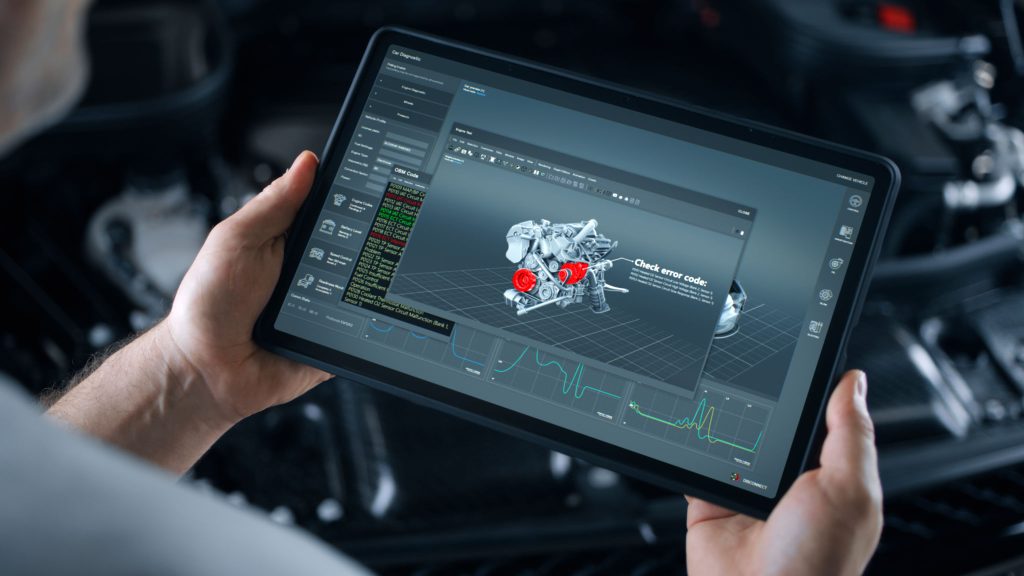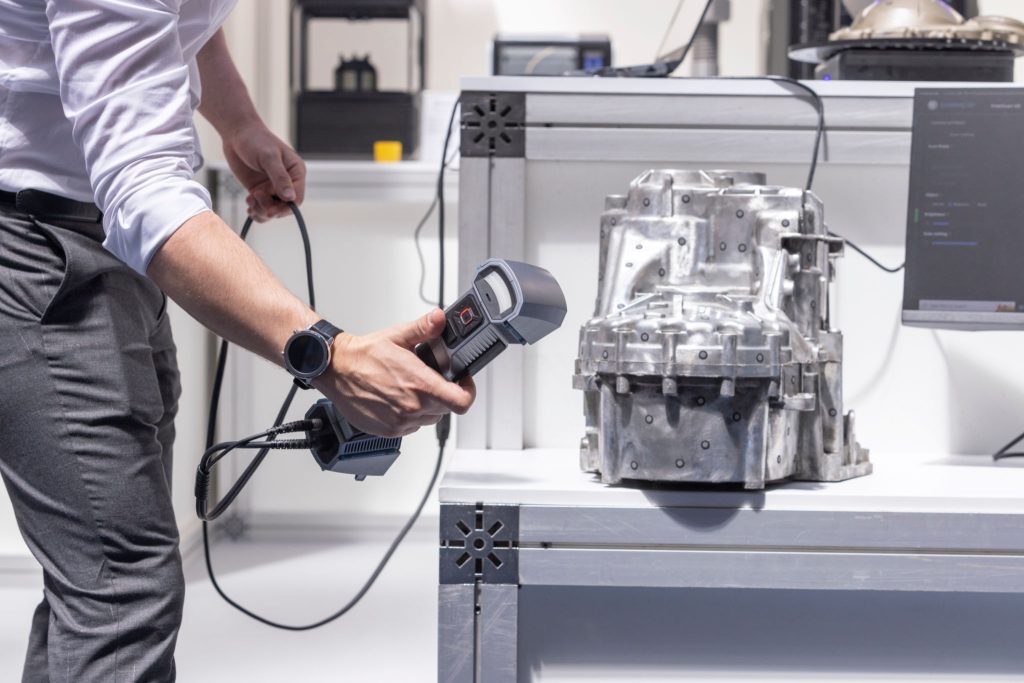3D Scanning Myths in Columbia SC
Understanding 3D Scanning
3D scanning Columbia SC is a groundbreaking technology that has revolutionized industries ranging from manufacturing to healthcare. Despite its growing popularity, there are still several misconceptions surrounding it. These misconceptions can hinder businesses and individuals from fully leveraging its potential. In this blog post, we’ll debunk some of the most common myths about 3D scanning.

Myth 1: 3D Scanning is Expensive
One of the most pervasive myths about 3D scanning in Columbia SC is that it is prohibitively expensive. While it’s true that high-end scanners can be costly, there are many affordable options available. Over the past few years, the cost of 3D scanning technology has significantly decreased, making it accessible to small businesses and hobbyists alike. Moreover, the return on investment can be substantial, as it often reduces time and costs in product development and quality assurance.
Myth 2: 3D Scanners Are Difficult to Use
Another common misconception is that 3D scanners are complex and require specialized training to operate. In reality, modern 3D scanners are designed to be user-friendly, with intuitive software interfaces that guide users through the scanning process. Many manufacturers provide extensive tutorials and customer support to help users get started quickly. Therefore, even those with limited technical knowledge can effectively utilize 3D scanning technology.

Applications of 3D Scanning
Beyond the myths, it’s essential to understand the vast applications of 3D scanning technology. From reverse engineering to medical imaging, this versatile tool is employed in various fields. By capturing precise measurements, 3D scanning Columbia SC aids in creating accurate models and prototypes, which streamlines production and design processes.
Myth 3: 3D Scanning is Only for Industrial Use
While industrial applications are significant, 3D scanning is not limited to manufacturing. It plays a crucial role in arts and culture, where it’s used for preserving historical artifacts and creating digital archives. Additionally, in healthcare, it assists in creating customized prosthetics and orthotics, enhancing patient care and outcomes.

Improving Accuracy and Efficiency
The precision of 3D scanning is another point of contention. Some believe that traditional methods of measurement are more accurate. However, 3D scanners are known for their high accuracy, often capturing details down to the micron level. This precision ensures that every aspect of a scanned object is accurately represented, which is invaluable in quality control and product development.
Myth 4: 3D Scanning Data is Hard to Process
Concerns about managing and processing the large amounts of data generated by 3D scanning are common. However, advancements in software have made it easier than ever to handle this data. Modern software solutions offer powerful tools for editing and analyzing scanned data, allowing users to convert scans into usable formats seamlessly. These tools help streamline workflows, making it easier to integrate 3D scanning into existing processes.

Embracing 3D Scanning Technology
In conclusion, understanding the realities of 3D scanning technology is crucial for anyone looking to adopt it. By debunking these misconceptions, businesses and individuals can make informed decisions about how best to utilize this powerful tool. Whether for innovation in design or enhancing operational efficiencies, 3D scanning offers a wealth of opportunities that should not be overlooked.


Comments are closed.